‘Critical’ need for Muslim burial plots across Sydney’s southwest
MUSLIMS Australia manager Wasim Raza calls for government intervention as Sydney’s southwest faces ‘critical’ burial space shortage.
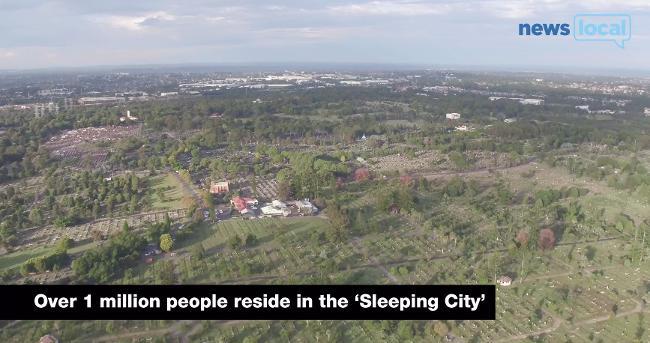
The Express
Don't miss out on the headlines from The Express. Followed categories will be added to My News.
SYDNEY is fast running out of burial space and figures show there could be only 310,000 plots left in metropolitan Sydney.
Rookwood General Cemeteries and Reserves Trust chief executive George Simpson predicts the final burial will take place at Rookwood in about 20 years, However, the situation is most grave for the Muslim and Jewish faith communities, whose religions forbid cremation.
Muslims Australia manager Wasim Raza said there could be no Muslim graves available in metropolitan Sydney in just two years.
“It’s going to become critical soon,” he said. “There has to be a government intervention.”
The problem
Cemeteries and Crematoria NSW figures show only 310,000 to 330,000 spaces left for new interments in metropolitan Sydney and — based on projected population growth, deaths and burial rates — they could run out in as little as 32 years.
Rookwood General Cemeteries and Reserves Trust chief executive George Simpson predicts the final burial will take place at Rookwood in about 20 years.
Meanwhile, Liverpool Catholic Cemetery and Crematorium is expected to be full in less than two years, according to Catholic Cemeteries and Crematoria chief executive Peter O’Meara.
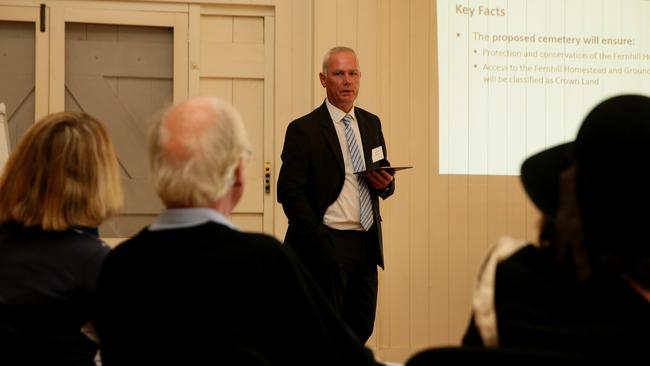
“Rookwood Catholic could be out in 10 years; it depends on the take-up,” Mr O’Meara said of the burial area they manage at Rookwood Cemetery, near Chullora, widely regarded as the largest in the southern hemisphere.
“We are the only operator in metro Sydney that has bought two strategic sites (in Wallacia and Varroville, near Campbelltown) to meet the demand for burial space into the next century.”
A 2002 survey of cemetery capacity in greater Sydney found:
■ by 2020 over a third of burial sites were likely to be used
■ by 2036 critical shortages would be apparent
■ by 2050 all burial sites would be exhausted
His organisation manages five cemeteries in western Sydney including in Kemps Creek and Greendale, which are both expected to fill up in 20 years.
The organisation’s future plan includes the creation of 60,000 burial spaces over 50 years at Wallacia, and a cemetery with 136,000 burial plots at Varroville.
However, the situation is most grave for the Muslim and Jewish faith communities, whose religions forbid cremation.
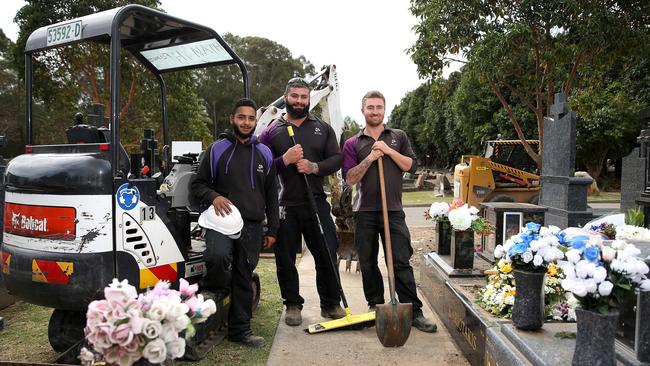
Muslims Australia manager Wasim Raza said there could be no Muslim graves available in metropolitan Sydney in just two years.
“It’s going to become critical soon,” he said. “There has to be a government intervention.”
NSW Jewish Board of Deputies chief executive Vic Alhadeff estimated there would be no graves available for sale to Jewish people within four to six years.
The latest Census results indicate the majority of people in the City of Canterbury Bankstown had nominated Islam as a religion — 71,894 people, or 20.8 per cent — representing a massive jump of 14,256 people since 2011.
It’s going to become critical soon. There has to be Government intervention … It’s not an issue that will be resolved by the private sector.
— Muslims Australia manager Wasim Raza
In the Liverpool local government area (LGA) 12 per cent, or 24,550 people (the second-highest number, and a rise of 5,351 people since 2011) nominated Islam as a religion. In the Fairfield LGA it was 5.9 per cent, or 11,797 people (the third-highest number, and 1,882 more than 2011).
The majority in Liverpool, 56,122 people (27.5 per cent), nominated Western (Roman) Catholic — 896 people less than in 2011. Fairfield’s Catholic community grew by 4,819 people to 55,837, or 28.1 per cent (the highest number).
What’s the solution?
The Islamic Association Western Suburbs Sydney group has been pressuring Blacktown Council to assign more plots for Muslims in Riverstone Cemetery. The council says a new cemetery being built by a Chullora group at Bringelly would help ease the shortage. The cemetery was originally planned for Muslims only.
A Liverpool Council spokesman said the director of Garden Cemetery Ltd confirmed the Bringelly cemetery would now be operated as a non-denominational cemetery.
It would have a dedicated Muslim burial section, as well as sections for Jewish, Christian, Hindu and Buddhist faiths, and those with no stated faith, he said.
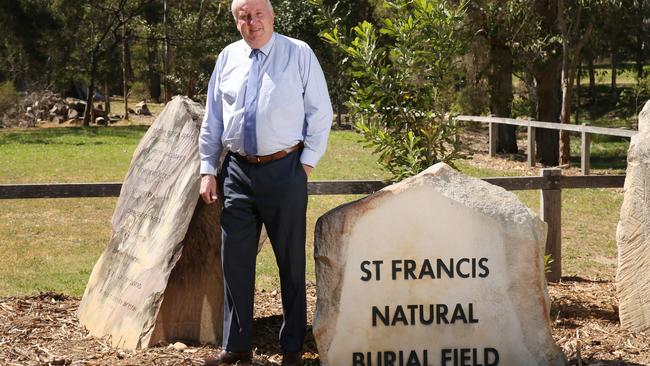
“The first 1000 plots out of approximately 8000 burial plots are to be offered to Muslims,” the spokesman said. “In further stages they will be targeting other groups that prefer cremation (approval given to 30,000 ash internments).”
There are currently two modification applications before council seeking amendments to the approved cemetery, including a proposal to commence the operation of the cemetery without all of the originally identified site facilities and an updated business model.
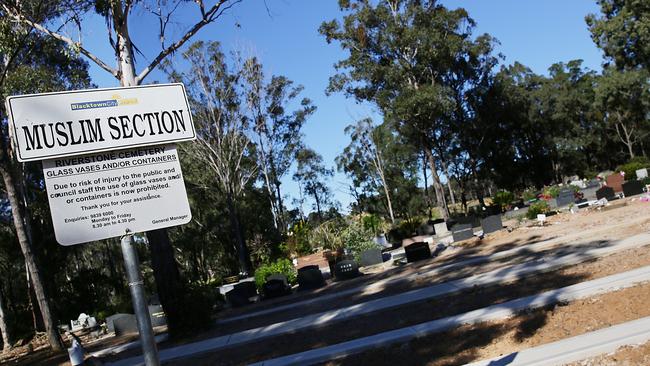
Rookwood General Cemeteries and Reserves Trust’s (RGCRT) latest annual report shows a 5.7 per cent increase of interments in the past financial year — from 1663 in 2015-16 to 2001 in 2016-17. Of those, nearly 450 were conducted by the Muslim community.
“(Muslims have) two options at this stage — Rookwood (which now has eight Muslim-specific sections) and St Thomas Anglican Cemetery at Narellan, which is owned by the Lebanese Muslim Association, and they also have limited space,” Mr Raza said.
Mr Simpson saw the potential for about 150 years of burials, for all non-denominations, at the historic Fernhill Estate in Mulgoa, but following six months of negotiations with state and local governments the property was put back on the market in October.
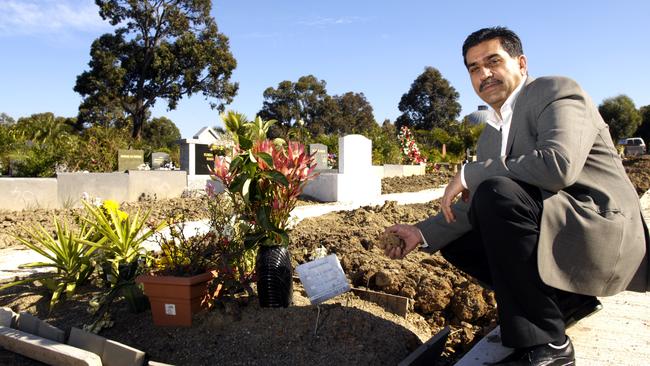
“With the option of acquiring Fernhill no longer available and Sydney cemeteries beginning to reach capacity, RGCRT will continue to review land for cemetery use in western Sydney,” RGCRT administrator Jason Masters and Mr Simpson said in a joint statement.
They said this would put pressure on the entire industry which awaits the release of the Cemeteries and Crematoria NSW Board draft report into cemetery capacity in the greater Sydney area, identified as a ‘priority action’ in the CCNSW Strategic Plan 2015-20.
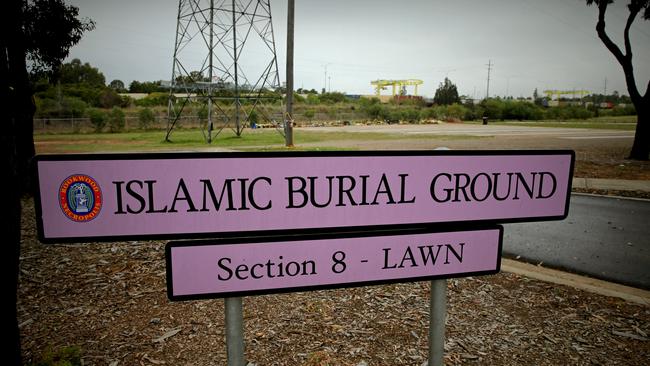
A Department of Industry — Lands spokesman said the report was “currently under review before preparations are made for public release”.
There are over 50,000 deaths a year in NSW and, already, 6.8 per cent of Liverpool’s population is over 70 years of age. The figure jumps to 9.9 per cent in Canterbury-Bankstown LGA and 9.2 in Fairfield LGA.
So what will happen when there is nowhere left to bury our dead? “It will be the Government’s problem,” Mr Raza said. “It’s not an issue that will be resolved by the private sector.”
Burial practises
ROOKWOOD has 92 full-time employees, including 16 grave diggers who attend three to four funerals daily.
Grave diggers stay for the entire burial service, even if it lasts several hours, and then backfill the grave after the last member of the immediate family has left the graveside. They also place people’s ashes in the earth, crypts, and mausoleums.
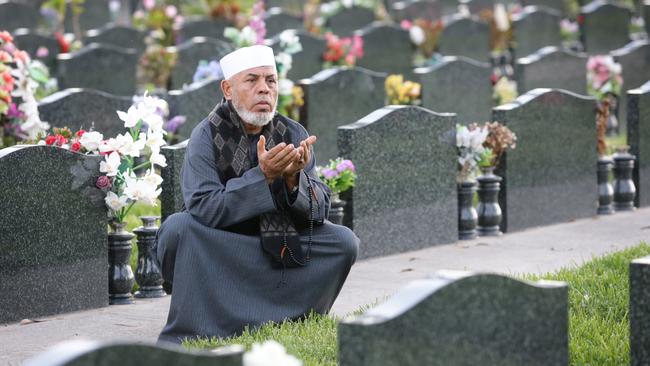
The cemetery offers over 130 culturally specific and non-denominational interment areas and practises 14 burial types, and has three training graves where people can be taught the correct way to lower a casket.
Jewish faith burial plots are backfilled by hand, according to Rookwood Cemetery grave digger Mark Bundy.
He said the Islamic burial guidelines required bodies be buried facing west towards Mecca, and both faiths forbade cremations.
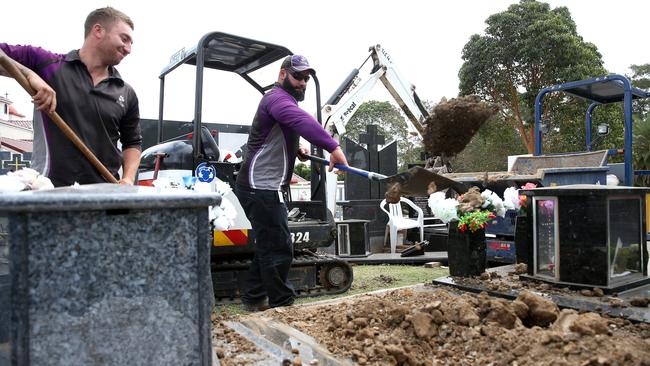
“The Muslim faith are buried in underground tombs, by 5.30pm in daylight savings,” Mr Bundy said. “We always have two graves ready to go because their belief is to be buried in 24 hours.”
NSW Jewish Board of Deputies chief executive Vic Alhadeff said the Jewish community used the services of communal organisation Sydney Chevra Kadisha (Holy Brotherhood), “which handles all religious requirements relating to tending to the body and the funeral itself”.
“Every Jew is entitled to a dignified burial,” he said.
New ways to rest in peace emerge
THE cemetery land crisis is forcing a radical rethink of internment practices, including introducing iGraves, putting 30-year-only holds on graves, and opening cemeteries in recreational settings.
A planned cemetery on land in Wallacia, for instance, looks to incorporate an existing golf course and golf club for at least another 50 years, and a planned cemetery in Varroville, near Campbelltown, could include a winery, walking and cycling trails, and have cows roaming freely.
Both would be owned and operated by Catholic Cemeteries and Crematoria who already manage five cemeteries in Sydney’s west including the Sydney Natural Burial Park in Kemps Creek, near Blacktown.
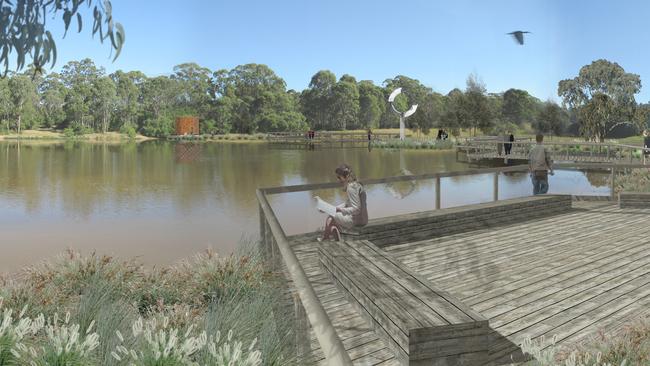
Graves in the 10-year-old natural burial park are unmarked, with GPS technology used to record locations for visiting memorials.
“It’s e-burials, if you like,” group chief executive Peter O’Meara said of Sydney’s first eco-burial area. “I think the future is to build them (cemeteries) in a way that Gen X and Y want to visit them, where the ambience and landscape is more focused on celebration.”
This means stronger investment in coffee shops, chapels and passive recreation, he said.
Rookwood General Cemeteries Reserve Trust will bury 100 pigs at its cemetery as part of a six-year soil composition study, believed to be a world-first, to work out if they can accelerate the human decomposition process. “Without such innovative and cutting-edge research, RGCRT is unlikely to be able to adequately address community needs in the future,” RGCRT CEO George Simpson said.
Active cemeteries
■ Canterbury-Bankstown LGA (3): Moorefields Road, St Paul’s Anglican Church, and St Felix De Valois.
■ Cumberland LGA (2): Rookwood Catholic and Rookwood General Cemeteries.
■ Fairfield LGA (3): Smithfield, Smithfield Uniting Church, and St James Anglican Church cemeteries.
■ Liverpool LGA (7): Liverpool, Kemps Creek, Greendale Catholic, The Garden, and Denham Court Anglican Church cemeteries; Forest Lawn Memorial Park; and Liverpool Pioneers’ Memorial Park. Liverpool LGA also has a crematoria, in Forest Lawn Memorial Park.
‘Leaves from the Tree’: The story of Rookwood
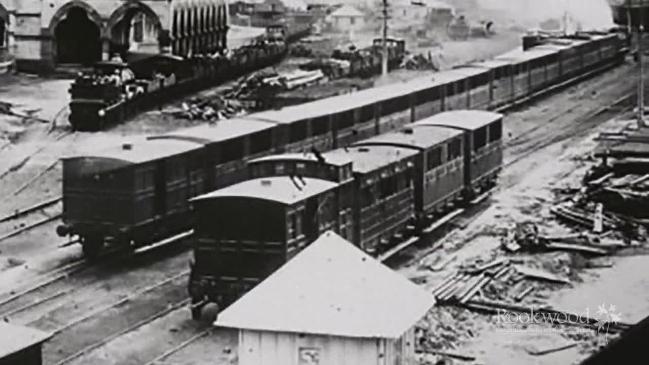
Fancy a death picnic?
IT’S not as grave as it sounds.
Picnic Among Friends is a day for people to come and remember their loved ones and pets in the hopes of shaking up our “death-phobic” society.
The event was started eight years ago by “death doula” Victoria Spence who has been a forerunner in the field of personalised end-of -life services in Australia.
Much like Mexico’s Day of the Dead, the picnic is about empowering people to reclaim death as part of life.
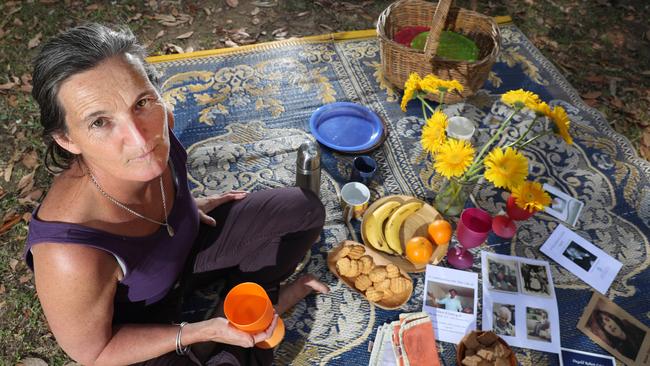
Annette Tesoriero will be the celebrant at this year’s picnic, to be held this Sunday, November 11, in Earlwood’s serene Girrahween Park, from 2pm-5pm.
She said the event gives people a chance to talk about death in a community-minded secular space.
“We live in such a death-phobic society where people don’t want to talk about death or don’t have time,” Ms Tesoriero said.
“But it’s the elephant in the room. A lot of our shock around death can be alleviated if we bring it into our life more.”
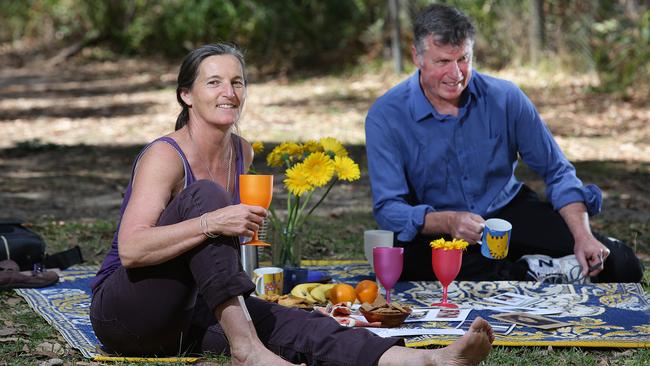
People will be invited to build mandalas (spiritual symbols), share stories and bring a picnic. In the park will be a grandma’s shrine, a memory tree, and a weave memorial — that honours those whose lives were lost seeking asylum.
For the first time, the picnic will also have a pet memorial and picnickers are invited to bring photographs and stories of their beloved animals.
“This event is such a unique and special thing. I hope people come away from it and think that was a really beautiful opportunity to put a big comma in our busy lives,” Ms Tesoriero said.
Register at eventbrite.com.au.
— by Danielle Buckley
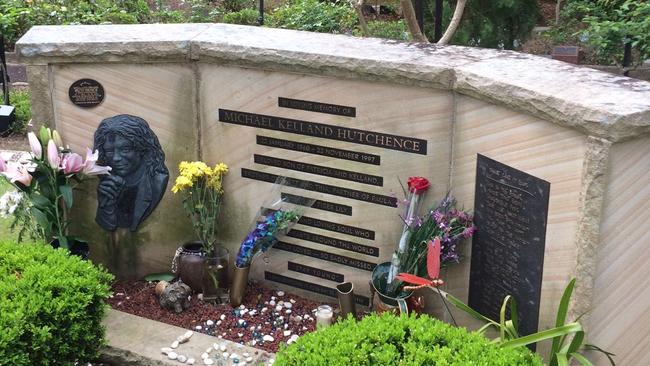
In pictures
ON Wednesday we lift the lid on Sydney’s most popular gravesites, from the freakiest resting place in Sydney’s west to arguably the most unusual headstone in the eastern suburbs in our ‘10 famous Sydney graves’ photo gallery.
You can also watch a grave digger, stone mason, mortician/embalmer, and florist explain how Australia’s death industry works. Go to: dailytelegraph.com.au/newslocal
